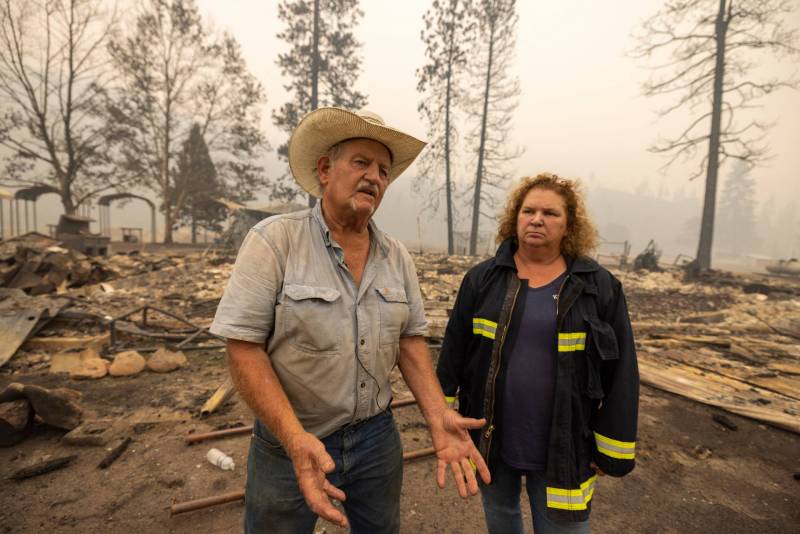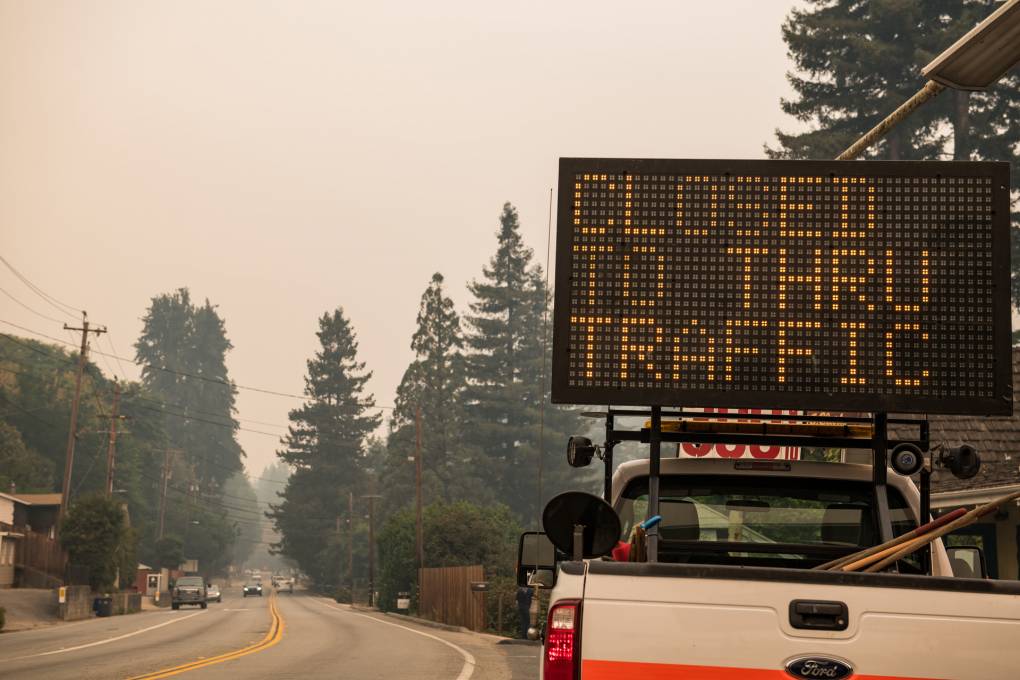In northwestern Montana, a fire that started Friday near the town of Elmo on the Flathead Indian Reservation has burned some structures, but authorities said they didn’t immediately know if any were homes. The blaze burned more than 18,000 acres on Wednesday, with 16% containment, fire officials said. Some residents were forced to flee Monday as gusting afternoon winds drove the fire.
The Moose Fire in Idaho has burned more than 62,000 acres in the Salmon-Challis National Forest while threatening homes, mining operations and fisheries near the town of Salmon. It was 20% contained Wednesday, according to the National Interagency Coordination Center.
And a wildfire raging in northwestern Nebraska led to evacuations and destroyed or damaged several homes near the small city of Gering. The Carter Canyon Fire began Saturday as two separate fires that merged. It was more than 30% contained by Tuesday.
Weber reported from Los Angeles. Associated Press reporters Amy Hanson in Helena, Montana; Margery Beck in Omaha, Nebraska; and Keith Ridler in Boise, Idaho, contributed to this report.


